Preventing Integration Disasters
Your go-to guide for preventing integration nightmares and ensuring smooth system connections.

Integration projects can be like threading a needle in a storm. The stakes are high, the challenges are complex, and even the smallest misstep can unravel the entire effort. But while integration is undeniably challenging, disasters are not inevitable. With the right strategy and tools, you can mitigate risks and achieve a seamless integration. Here’s how.
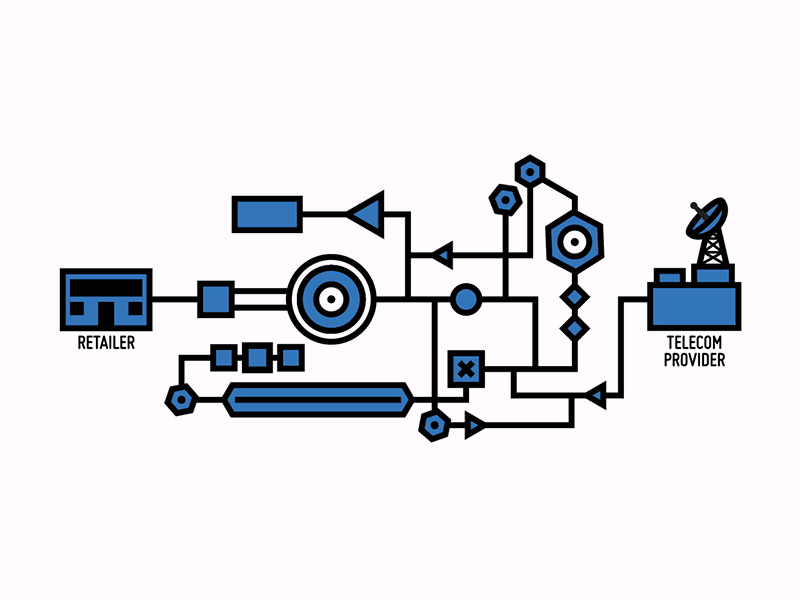
Why Integration Projects Go South
The root causes of integration failures aren’t always glaring. In fact, most stem from subtle misalignments and overlooked nuances.
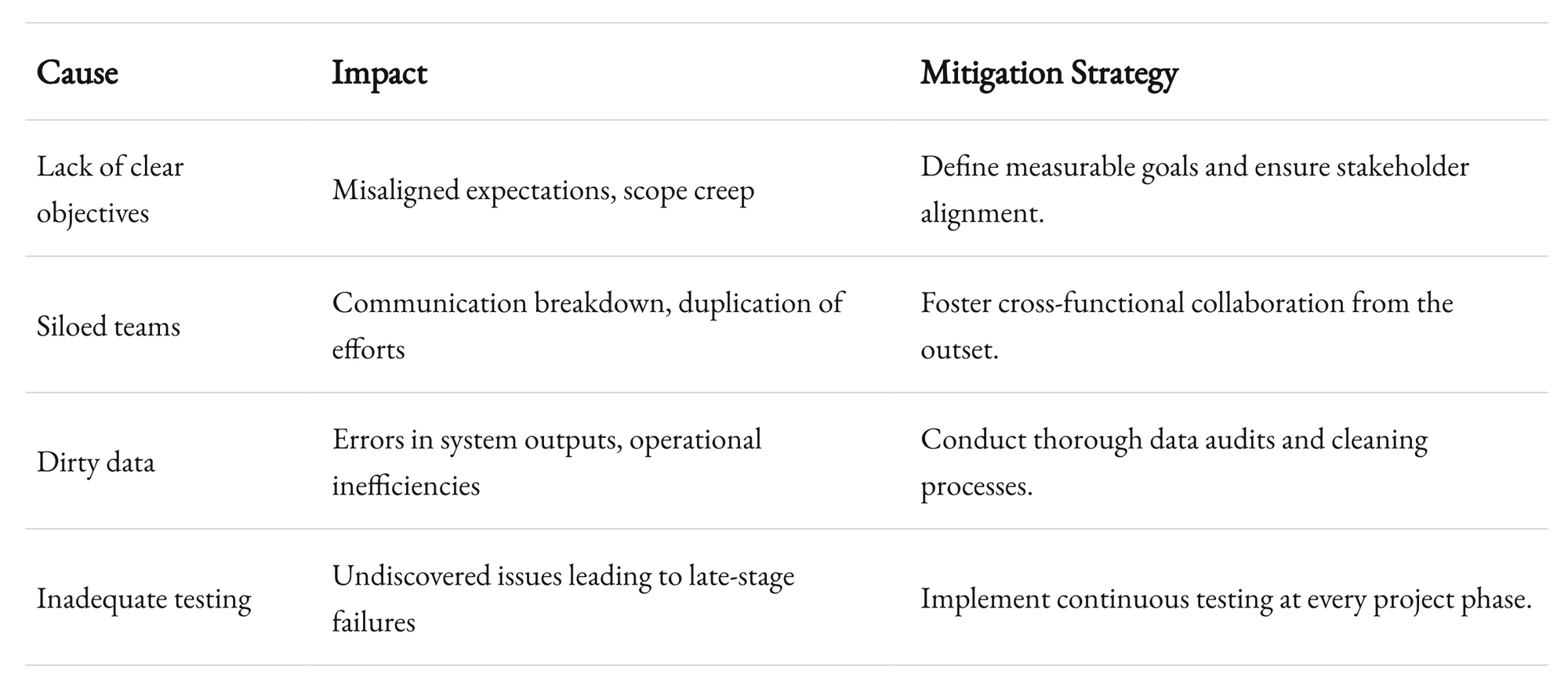
Lack of Clear Objectives
Teams often dive into integration with vague goals like “make systems talk to each other.” But what does that really mean? Without clear, measurable objectives, even the best tools and resources can’t guarantee success.
For example, in one integration project we managed at 1985, a client aimed to connect their CRM with their ERP. Their initial goal? “Sync customer data.” Sounds straightforward, right? But deeper discussions revealed mismatched definitions of “customer data” across departments. Without addressing these inconsistencies, the integration would have created more chaos than clarity.
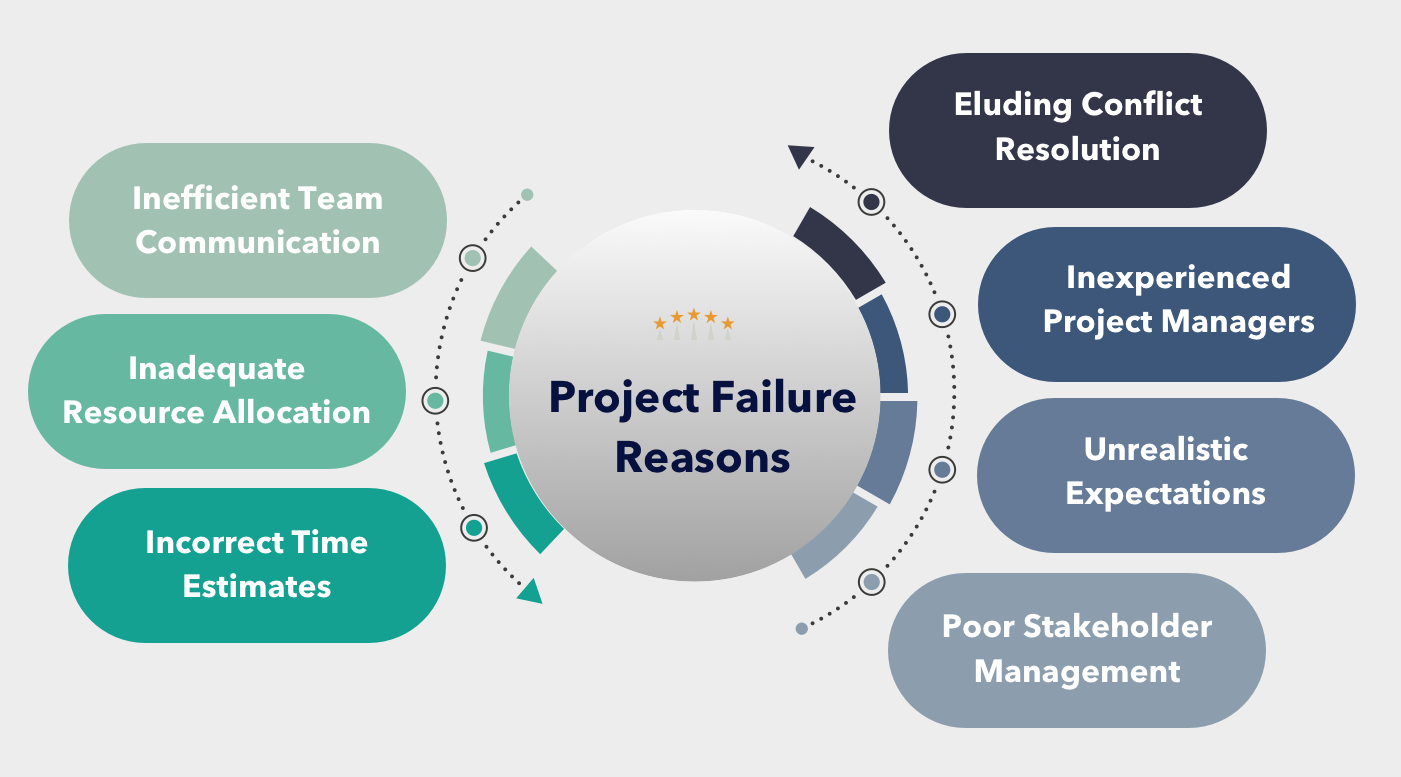
Siloed Teams
Integration projects thrive on collaboration. Yet, they often suffer from siloed teams—engineering, operations, and leadership working in isolation. These silos lead to communication breakdowns, duplicate efforts, and conflicting priorities.
Overlooking Data Quality
No matter how sophisticated the integration pipeline, it’s only as good as the data flowing through it. Dirty data—duplicates, inconsistencies, and inaccuracies—can bring even the most well-planned integrations to their knees.
According to Gartner, poor data quality costs organizations an average of $12.9 million annually. Skipping data audits or relying on manual fixes isn’t just a bad idea; it’s a liability.

The Building Blocks of Integration Success
To prevent integration disasters, you need a roadmap. One that accounts for technology, people, and processes.
Start with a Blueprint
Before writing a single line of code, create a detailed integration blueprint. This document should:
- Outline objectives
- Identify key stakeholders
- Map out data flows
- Highlight potential risks and contingencies
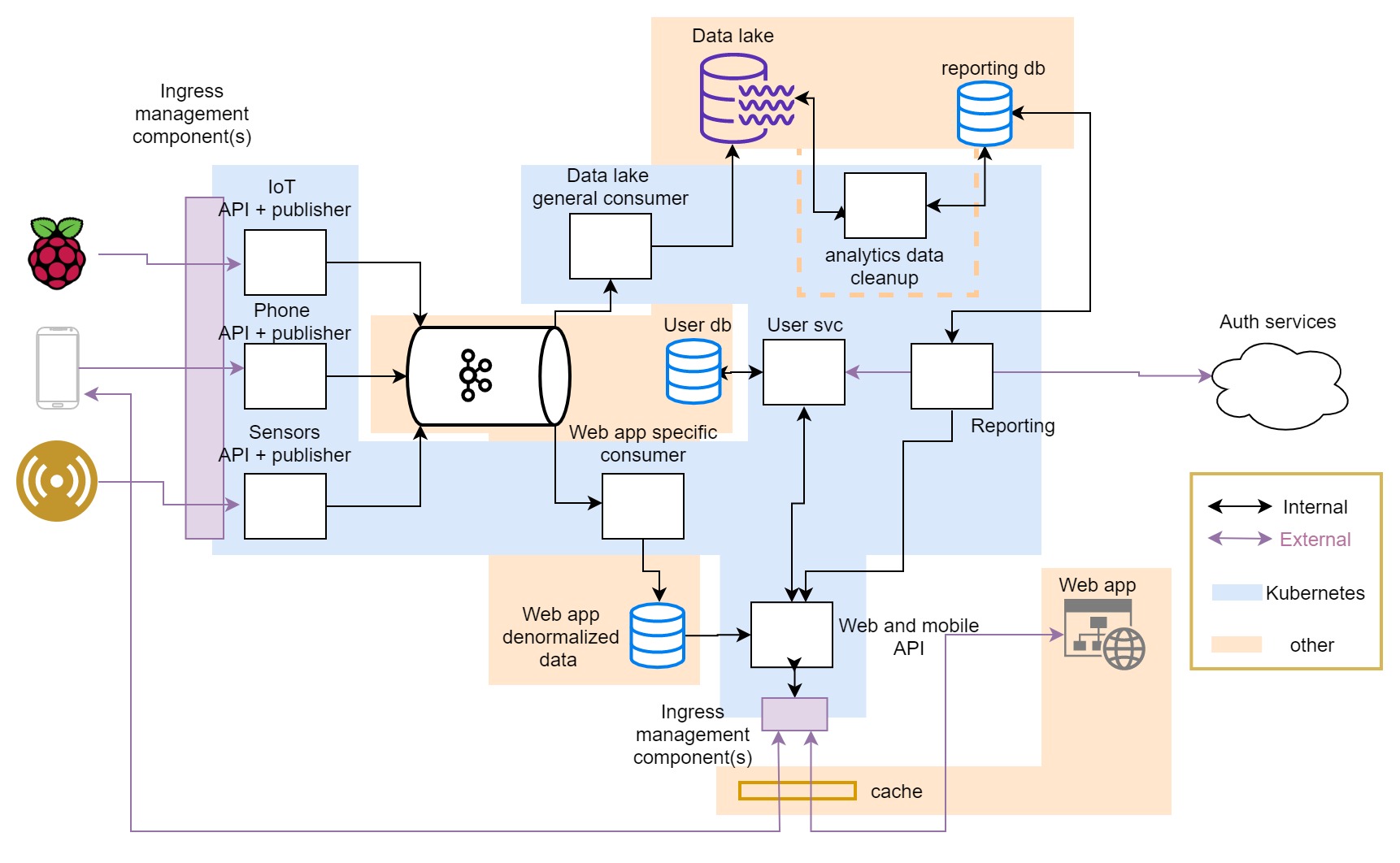
Think of it as a safety net. The more detailed the plan, the fewer surprises down the road.
Pick the Right Tools
Not all tools are created equal. Your choice of integration platform, middleware, or APIs can make or break the project.
For instance, if you’re integrating SaaS tools like Salesforce and NetSuite, tools like Zapier might seem tempting. But for more complex data flows or high volumes, an enterprise-grade solution like MuleSoft or Dell Boomi is often more reliable.
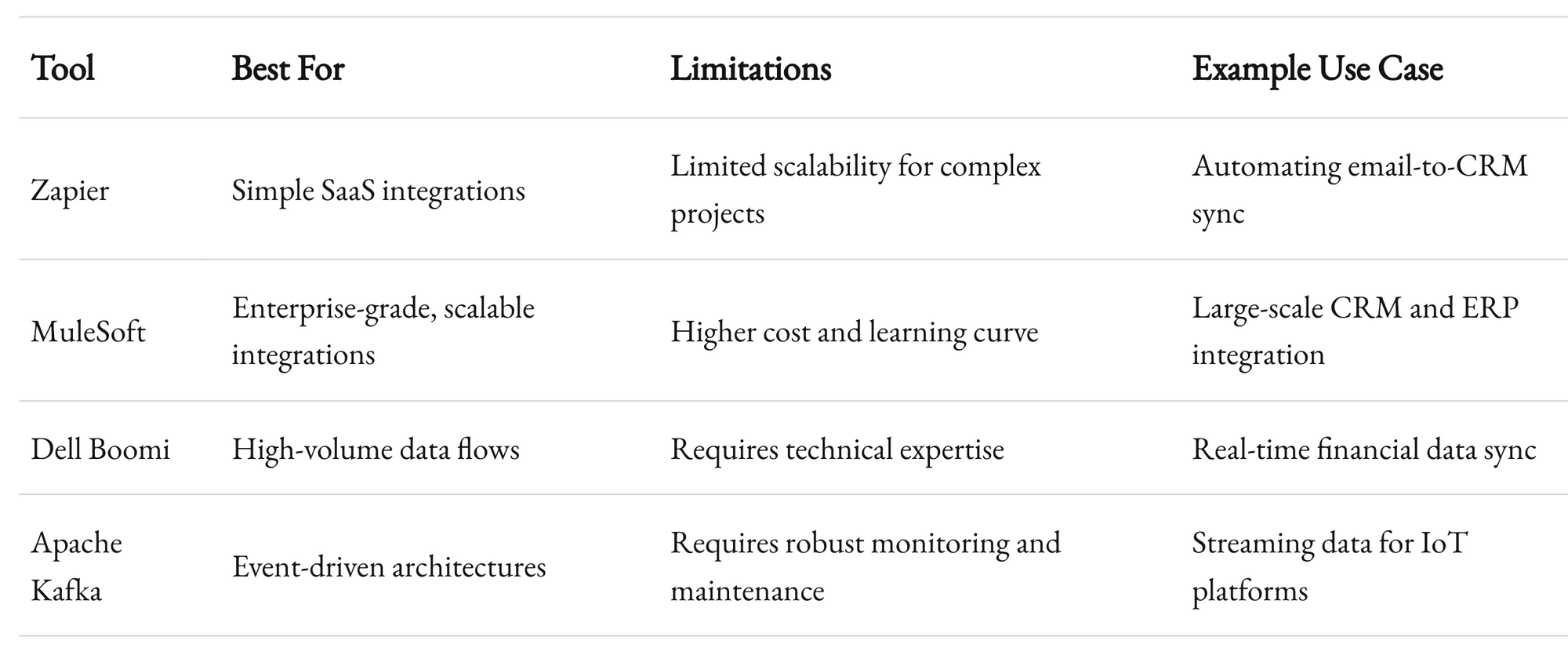
Pro Tip: Always prioritize scalability and vendor support. Today’s small integration could become tomorrow’s mission-critical pipeline.
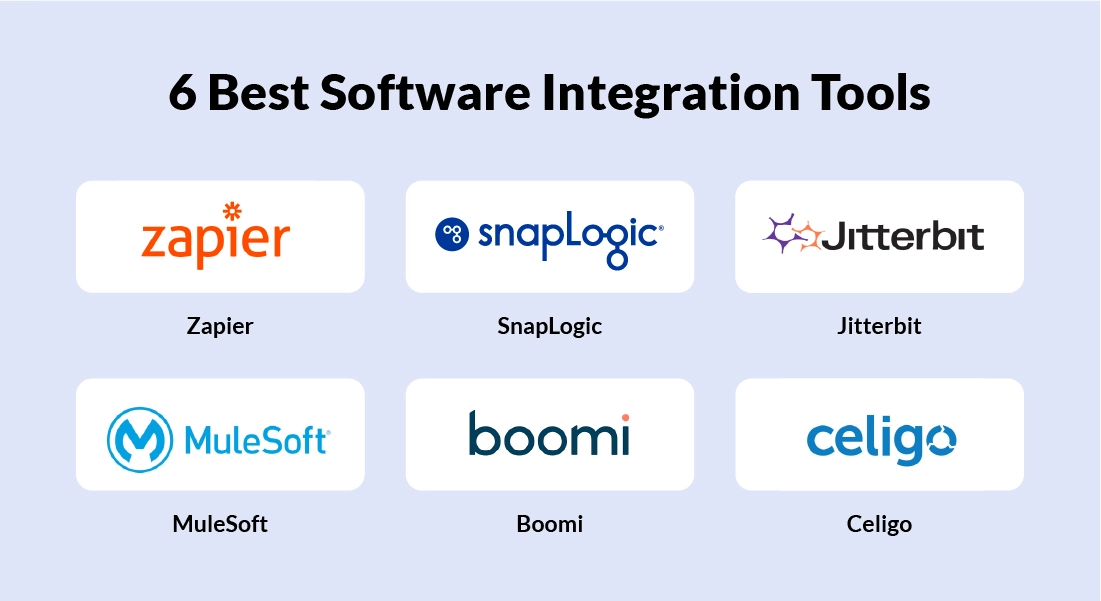
Test Early, Test Often
Testing isn’t a phase; it’s a mindset. From unit tests to end-to-end scenarios, bake testing into every stage of the project.
Consider the case of a retail client who wanted to integrate their e-commerce platform with a payment gateway. Initial tests focused solely on payment processing. It wasn’t until late-stage testing that they discovered inventory synchronization issues during high traffic—an oversight that cost them weeks in rework.
Real-World Lessons in Integration
Let’s look at some real-world examples to bring these principles to life.
The Case of the Bank Merger
A large bank acquisition required integrating two legacy systems. The project seemed straightforward on paper but hit a major snag: duplicate account data. Overlapping records resulted in mismatched balances and incorrect customer information.
Lesson Learned: Always conduct a thorough data audit before integration. In this case, a robust deduplication process using ETL tools like Informatica could have saved months of post-launch cleanup.

The IoT Startup’s Growing Pains
An IoT company struggled to integrate its device management platform with a third-party analytics tool. The root problem? Their APIs weren’t designed for heavy data loads. The integration broke under peak traffic, leading to data loss.
Lesson Learned: Stress-test APIs early. Tools like Postman or Apache JMeter can help you identify bottlenecks before they become catastrophic.
Technical Best Practices
Embrace Modular Design
A monolithic integration pipeline is a disaster waiting to happen. Instead, adopt a modular approach. Break the integration into small, independent components that can be developed, tested, and deployed separately.
Monitor Everything
Real-time monitoring isn’t optional. Use tools like Datadog or New Relic to keep an eye on:
- Data flow latency
- API response times
- Error rates
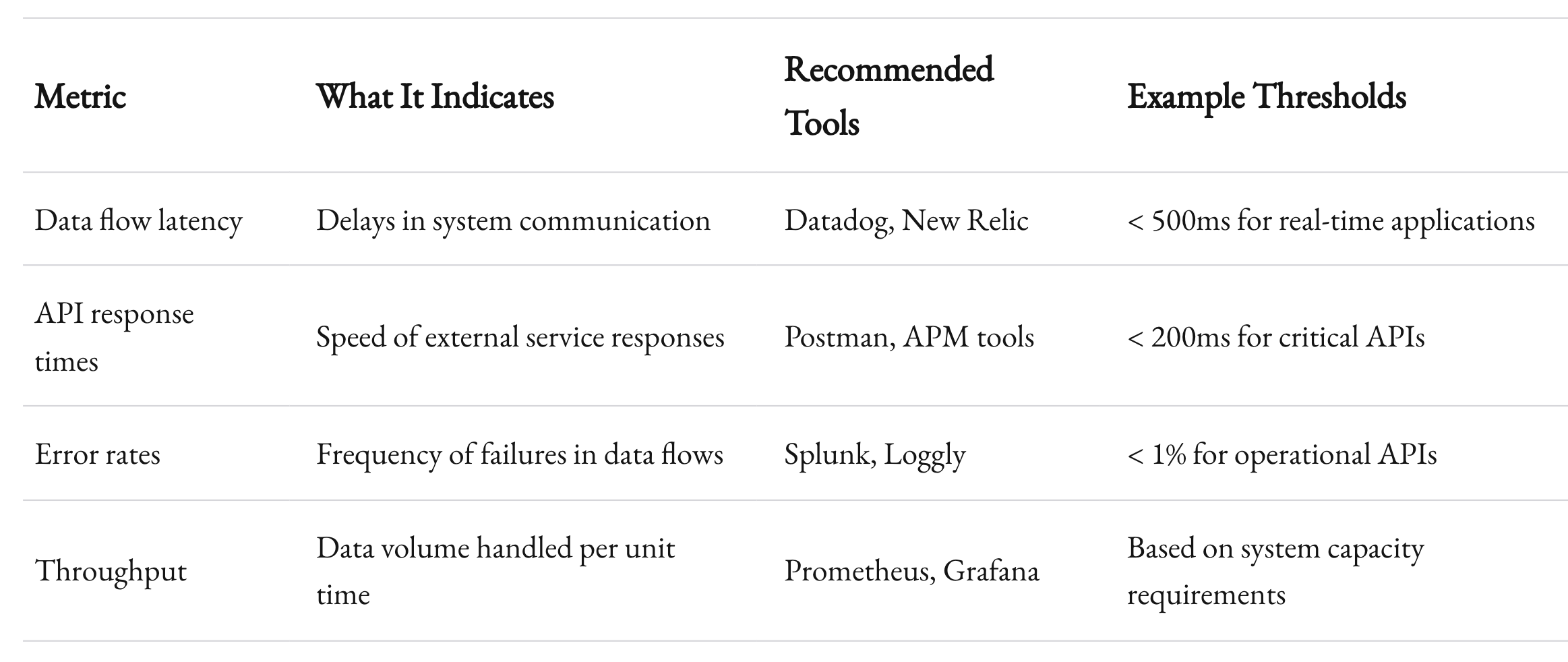
A proactive monitoring setup can alert you to issues before they spiral out of control.
Automate Where Possible
Manual processes are error-prone and time-consuming. From data validation to error handling, automation can drastically reduce risks. For example:
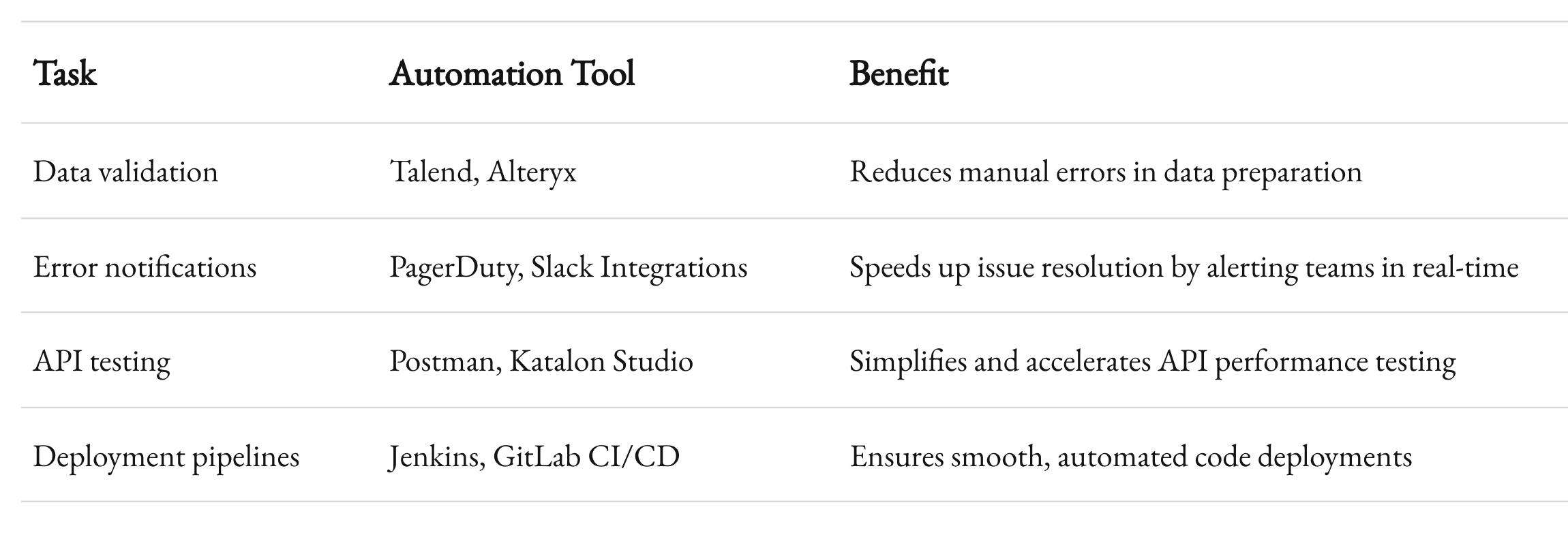
Recap
Integration projects don’t have to be disasters waiting to happen. With clear objectives, the right tools, and a disciplined approach to testing and monitoring, you can mitigate risks and deliver seamless solutions. At 1985, we’ve seen firsthand how these principles turn chaos into clarity—and we’re confident they’ll work for you too.



